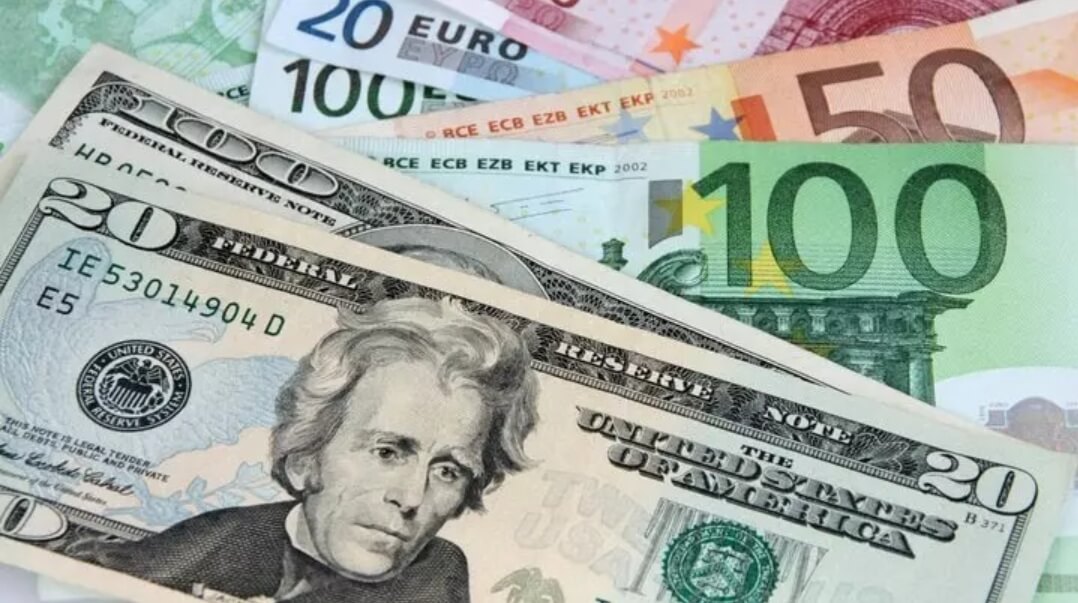The EUR/USD currency pair recorded a significant gain last week, climbing 1.71% and reaching its highest level in nearly four years. This notable appreciation was fuelled by a combination of geopolitical relief, dovish signals from the Federal Reserve, and renewed optimism surrounding the eurozone's fiscal outlook.
With the global macroeconomic narrative rapidly shifting, traders and investors are now closely monitoring US–EU trade negotiations and key economic data releases that could shape the EUR/USD outlook in the coming weeks.
Middle East Ceasefire Boosts Eurozone Sentiment

One of the key drivers behind last week's EUR/USD rally was the unexpected de-escalation in the Middle East. Israel and Iran reached a ceasefire agreement on the 23rd, which led to a sharp drop in crude oil prices—more than 12% over two days.
As major oil importers, both the European Union and Japan stand to benefit from declining energy prices, which could ease inflationary pressure and support economic recovery. The market interpreted this development as a tailwind for the euro, leading to increased demand for the common currency relative to the US dollar.
Fed Signals Soften Dollar, Lifting EUR/USD
Another critical factor behind the euro's strength was commentary from Federal Reserve Chair Jerome Powell. His remarks suggested the Fed is open to the possibility of bringing forward rate cuts if economic conditions warrant it.
Markets quickly responded: expectations for rate cuts in 2024 increased from two to three, and the probability of a rate cut as early as September surged to 93.1%. As a result, the dollar came under pressure, allowing the EUR/USD pair to extend its gains.
This growing divergence in policy outlook between the Fed and the European Central Bank (ECB)—which has taken a more cautious stance on rate cuts—has added further upward momentum to the euro.
Eurozone Fiscal Expansion Adds to the Bullish Case
Support for the euro has also been bolstered by the German government's recent decision to significantly increase its fiscal deficit targets over the next four years. Simultaneously, the NATO summit concluded with a pledge to raise defence spending to 5% of GDP by 2035.
These developments signal a willingness among European policymakers to stimulate economic growth and strengthen regional security, which in turn has increased investor confidence in the eurozone's medium-term prospects. Together, they have contributed to the growing bullish sentiment on EUR/USD.
Market Positioning: Traders Eye 1.20 Breakout
According to recent options market data, there has been a surge in contracts betting on a EUR/USD breakout above the 1.20 level. This spike in call options indicates that institutional traders are positioning themselves for further euro strength in the near term.
Technically, the pair has broken through a key resistance level at 1.17. sending a strong signal of bullish intent. The next immediate target lies at 1.18. but with the Relative Strength Index (RSI) already in overbought territory, a short-term pullback cannot be ruled out. The 21-day moving average around 1.152 serves as a potential support level should the pair retrace.
Key Focus: US–EU Trade Talks and June Non-Farm Payrolls
Looking ahead, attention now shifts to the upcoming trade negotiations between the United States and the European Union. With the July 9th tariff deadline approaching, any meaningful progress—or lack thereof—could trigger volatility in EUR/USD.
In addition, this week's US non-farm payrolls (NFP) report will be closely watched. A weaker-than-expected jobs print could reinforce the case for Fed rate cuts, thereby providing further support for the euro. Conversely, a strong labour market report may temporarily bolster the dollar and dampen EUR/USD's upward trajectory.
Conclusion
The EUR/USD pair is riding a wave of positive momentum, driven by easing geopolitical tensions, dovish Fed rhetoric, and supportive eurozone policy moves. While technical indicators suggest a possible short-term correction, the broader trend remains upward—especially if macroeconomic data continues to favour the euro.
However, risks remain. A breakdown in US–EU trade talks or a surprise in economic data could alter the trajectory. Traders should remain alert to headline risks and watch for signs of sustained strength above the 1.18 level. If the bullish sentiment holds, the long-anticipated 1.20 breakout may be within reach in the weeks ahead.
Disclaimer: This material is for general information purposes only and is not intended as (and should not be considered to be) financial, investment or other advice on which reliance should be placed. No opinion given in the material constitutes a recommendation by EBC or the author that any particular investment, security, transaction or investment strategy is suitable for any specific person.





















